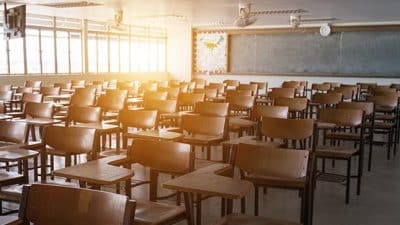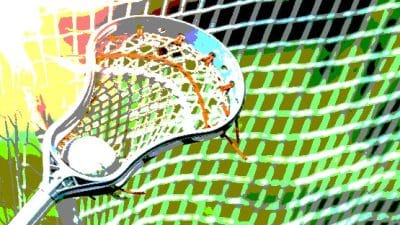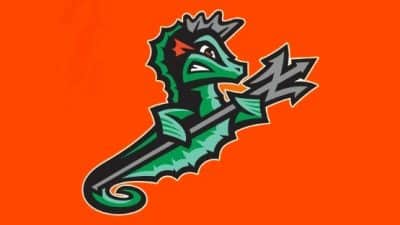
Take, for example, lunch period.
“If you remember your own high school experience – I don’t know about you, but in mine, my favorite class by far was lunch because you could be with your friends and you could chat and that was the fun part,” said Allen, director of the Virginia Adolescent Research Group at UVA.
“If you’re in a school where lunch is the worst class of the day because you’ve got no one to sit with, because you’re alienated, because you’re just trying to keep your head above water, there’s not much there to pull you into school,” he said. Therein lies the problem.
For adolescents, Allen said, navigating the high school social scene can be a Darwinian struggle of “survival of the fittest.” Add to that the stresses of academic achievement, and you’ve got the ingredients that can push teens off track. Students at risk of doing poorly in school – be they teens living in poverty or from racial or ethnic minorities – are at an even higher risk of derailing.
“If you were lucky as a teenager or early college student, at some point you fell in with a group that had enough adult guidance or scaffolding or you felt safe and started to let down your guard,” he said. “But a lot of kids never have that.”
Allen was the lead author of a groundbreaking 2014 study that found kids who were trying hard to be “cool” in middle school are more likely to have problems with drugs and alcohol, and to have trouble managing friendships later in life.
The social bonding Allen is studying now can happen in a variety of settings, such as theater troupes, athletic teams and wilderness experiences. “Kids start to let down their guard, recognize how much they have in common and they bond really tightly,” he said. “They go from being threats to each other to being real social supports, and it changes their view of peer relationships and the social world.”
Three years ago, Allen and his team set out to decode that somewhat random experience and systematically bring it into a few schools locally and nationally. The Connection Project is 12 weeks long and fits into a typical high school schedule. Each session is as long as a class period and involves a small group of seven to 15 students. Just this fall, Connection moved from the pilot to the testing phase, and is now being offered in public schools in Ferguson and St. Louis, Missouri, and a private school in Charlottesville.
One example of a session draws upon scenarios like the one portrayed in the popular 1985 John Hughes movie, “The Breakfast Club,” which brought together five teens with different, but instantly recognizable, stereotypes in a daylong detention session. There were the jock, the popular girl, the geek, the rebel and the loner.
Allen calls these caricatures “masks” that high school students don to hide their real selves. The thing is, teens don’t realize their peers are employing the same tactic, so one of the Connection sessions is dedicated to the phenomenon.
“In the second session, we talk with kids about various masks people use to hide how they really feel,” he said. “And then we give them a list of 10 or 12 of these, from the person who does nothing but makes jokes, to the person who acts like nothing bothers him, to the person who thinks it’s all stupid and is really a cynic. We ask them anonymously to answer the question ‘How often do you use these?,’ from every day to once a week, to once a year.”
Participants write their answers anonymously on slips of paper which are then shuffled and redistributed to each member of the group. The session leader asks the students holding the “clown” card, for one example, to stand up, and sure enough several students rise to their feet. Allen said it’s a really powerful exercise. “So we go through all of the masks and they see everyone standing up and they’re pretty shocked by that. They think ‘I know Ido this, but everybody does this.’”
That is the type of exercise Allen said emboldens students to become more open with one another. “So you hear the big, tough, slightly scary-looking football player saying, ‘Yeah, without friends, I just feel like I’d be miserable.’ And you hear the ‘too-cool kid’ saying the same thing. So that starts to kind of break down some of the barriers,” he said.
“There are various small studies, sort of brief interventions, that try and help kids feel more like they belong, and three years later, you find higher graduation rates, so we are trying to pull a bunch of those ideas together and say, ‘Let’s really change the nature of peer relationships in schools for these kids, give them a group where they do feel connected, give them a sense that they do belong in school, and see then what happens.’”
Allen will publish the results after the testing phase ends in 2018.










